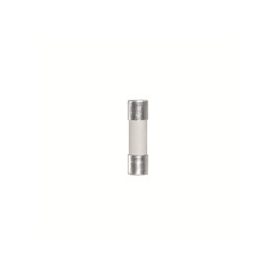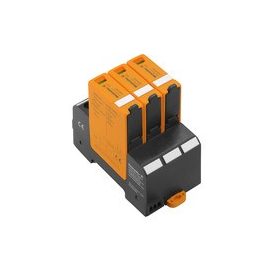Maximizing Solar Installation Safety and Efficiency with Surge Protection
The surge in renewable energy adoption, particularly solar power, underscores the necessity for robust protection mechanisms within these installations. Surge protection is a critical component, safeguarding the integrity, performance, and longevity of solar energy systems. This comprehensive guide delves into the importance of surge protection in solar installations, its mechanisms, benefits, and key considerations for integrating surge protection devices (SPDs) effectively.
Understanding Surge Protection in Solar Installations Surge protection in solar installations is designed to prevent electrical surges—sudden, transient over-voltages that can occur due to lightning strikes, grid fluctuations, or switching operations—from damaging the system. These surges can compromise solar panels, inverters, and other electronic components, leading to costly repairs or replacements and system downtime. Surge Protection Devices (SPDs) are employed within solar installations to divert excess voltage away from the system, thereby protecting its components from surge-related damage.
The Significance of Surge Protection
- Equipment Protection: SPDs shield sensitive solar components from surge damage, enhancing their durability and reducing maintenance costs.
- Operational Reliability: By minimizing the risk of surge-induced failures, surge protection ensures consistent solar power generation and system reliability.
- Safety Enhancement: Effective surge protection mitigates the risk of fire and electric shock, promoting a safer environment for both the installation and its operators.
Types of Surge Protection Devices for Solar Installations
- Type 1 SPDs: Designed to protect against direct lightning strikes, these are installed at the service entrance or main electricity supply point.
- Type 2 SPDs: These devices guard against indirect surges and are typically placed in distribution boards closer to the system components.
- Type 3 SPDs: Offering fine protection at the point of use, Type 3 SPDs are used near sensitive equipment, supplementing Type 1 and Type 2 protections.
Integrating Surge Protection into Solar Installations
Effective surge protection in solar installations involves strategic placement of SPDs, adherence to electrical standards, and consideration of the specific characteristics of the solar energy system. Key integration aspects include:
- Assessment of Surge Risk: Evaluating the installation's exposure to surges, based on location, climate, and grid characteristics, to determine the appropriate level and type of surge protection.
- Selection of SPDs: Choosing SPDs with suitable voltage protection levels, surge current capacity, and compliance with relevant standards (e.g., IEC 61643-31 for photovoltaic applications).
- Proper Installation: Ensuring SPDs are installed by qualified professionals, in accordance with manufacturer guidelines and electrical codes, to guarantee effective protection.
- Regular Maintenance: Conducting periodic inspections and tests of SPDs to ensure their functionality over time, with prompt replacement of devices that have expended their surge protection capacity.
The Future of Surge Protection in Solar Energy Systems
As solar technology evolves, so does the sophistication of surge protection solutions. Future trends include the integration of smart SPDs with diagnostic capabilities, enabling real-time monitoring and predictive maintenance. This advancement will not only enhance the protection of solar installations but also contribute to the optimization of their performance and the extension of their service life.
Conclusion
Surge protection is an indispensable aspect of solar installation design, safeguarding the system against unpredictable electrical surges and ensuring its safe, efficient operation. By understanding the types of SPDs available, their integration into solar systems, and the ongoing advancements in surge protection technology, stakeholders in the solar industry can significantly enhance the resilience and reliability of solar energy solutions. As the adoption of solar power continues to rise, prioritizing surge protection will play a pivotal role in the sustainable expansion of this clean, renewable energy source.
FAQs
-
How often should SPDs be replaced in solar installations? SPDs should be checked regularly for signs of wear or damage, especially after known surge events. Replacement frequency depends on the occurrence of surges and the manufacturer's recommendations.
-
Can surge protection devices be retrofitted into existing solar installations? Yes, SPDs can be retrofitted to provide surge protection for existing solar installations. It's crucial to assess the current system's configuration and surge risk to determine the appropriate SPDs and installation points.
-
What factors influence the selection of SPDs for a solar installation? Key factors include the installation's location, the value and sensitivity of the system components, the system's electrical configuration, and compliance with local and international standards.
Incorporating strategic keywords such as "surge protection in solar installations," "SPDs," "solar energy system safety," and "renewable energy sustainability," this guide is optimized for search engines, aiming to engage and inform individuals and professionals interested in enhancing the safety and efficiency of solar power systems.












